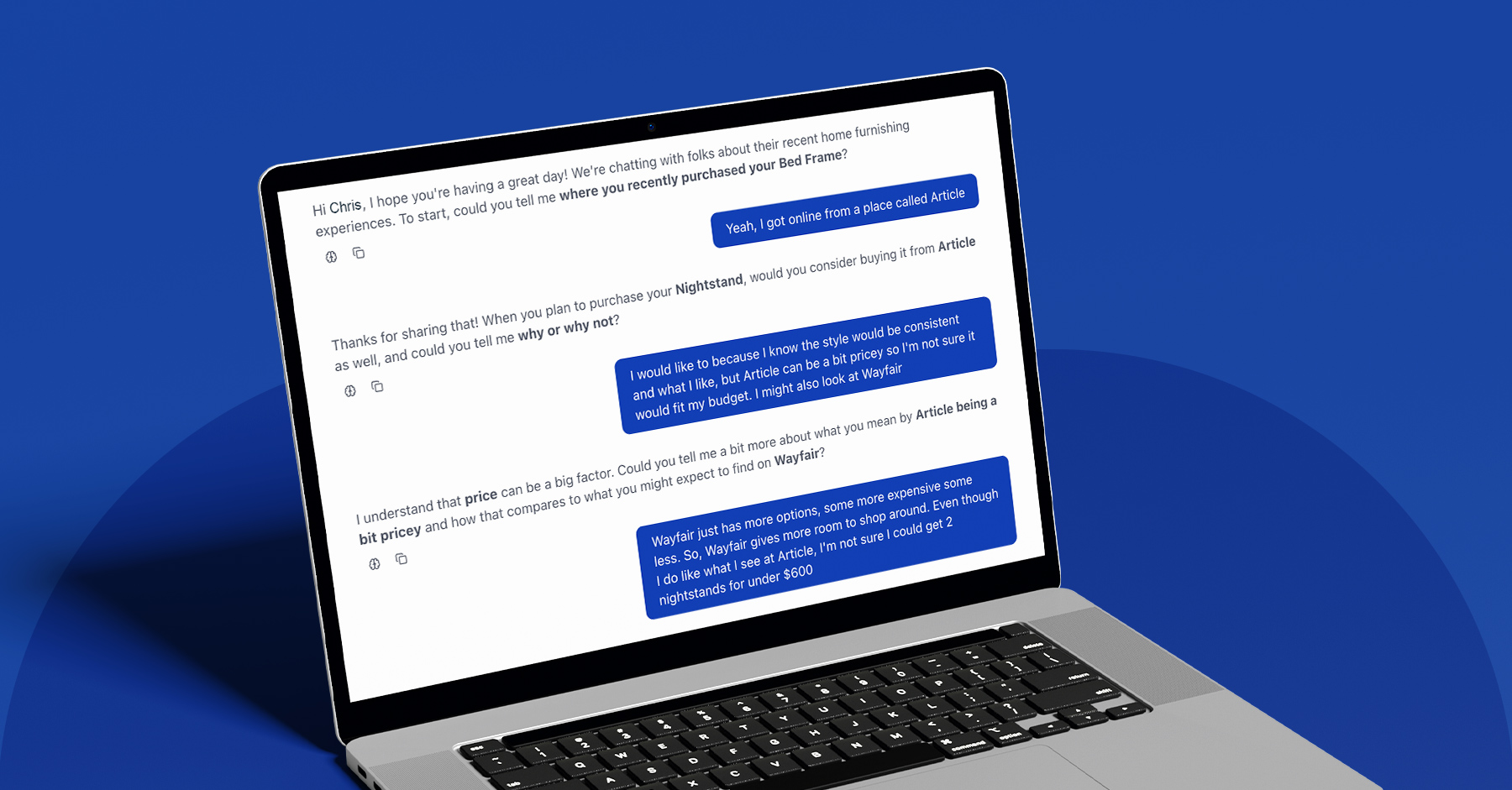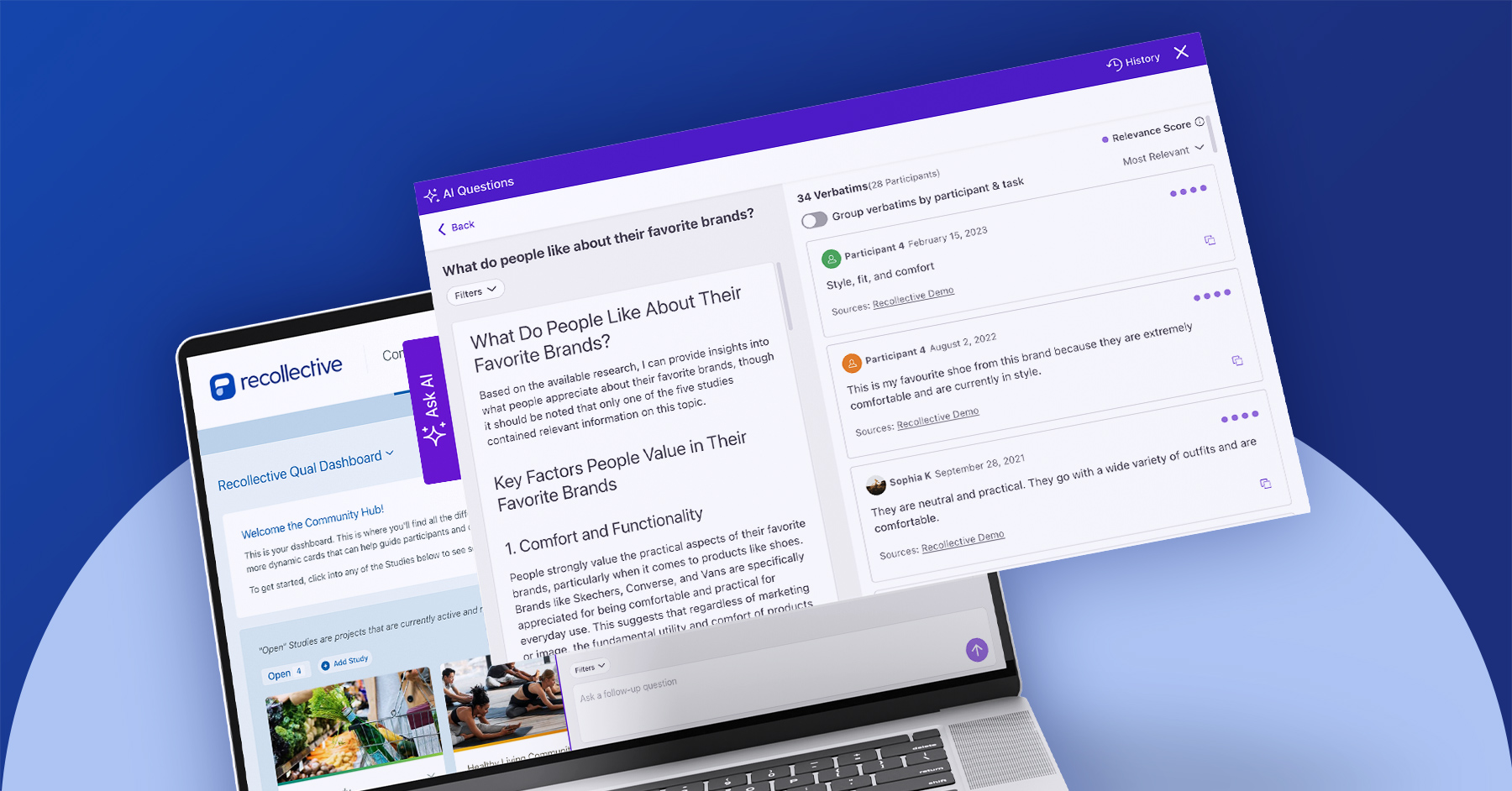With DIY (do-it-yourself) a trending theme among many conferences we have attended this year, not to mention the new and emerging DIY technologies appearing for online research, it’s not surprising that companies are beginning to ask, “what happens when non-researchers collect and analyze data for their own organizations?” During her presentation at the 2012 AMA Research and Strategy Summit, Nicole Gagnon (Senior Director of Market Research at Thomson Reuters) spoke of how they were empowering non-research staff to conduct in-house DIY research and utilize “one platform” for that would support a new customer-centric business model. She explained about a self-described “aha!” moment during the initial DIY observational study in which the research was carried out by internal staff of various business functions. They were trained and supported throughout the process but most importantly, took ownership of the data. As a consequence, they were able to trust and rely on their analysis to support business decisions. While it had originally been an experiment, DIY seemed so promising that Nicole came up with a more sophisticated program. With a limited budget, they were able to extend DIY research across her whole division to help produce insights and gain a competitive edge. In-House Means Ongoing One of their most successful applications of the DIY research program at Thomson Reuters is with customer service issues. Under the program, Marketing staff can continuously conduct standardized customer satisfaction interviews and surveys to better understand the customer experience. Standardized questions allows for the collection and normalization of data for analysis on a large scale, examination of trends and for future compatibility and use. DIY research also supports customer retention efforts by segmenting dissatisfied customers through customer service surveys. If the customer is unhappy, the interviewer will ask if they would like to have a representative follow-up. If so, the request is tracked in the division’s CRM system which triggers an appropriate staff member to contact the customer. That simple but vital extra step not only captures business insights but can perhaps save a hard-won customer. DIY Technology & Training Something we know for sure at Ramius is that when pushing out any software for use throughout an organization, it requires a mixture of internal support and intuitive features to be a success. So while there’s a legitimate fear that DIY research will provide questionable insights due to a lack of formal research training and experience, at Thomson Reuters employees were not left to their own devices. To support this research process and to manage bias risks, Nicole’s research team (comprising of only four individuals) mentor, support and train the non-researchers on data collection and analysis. We think that is critical. Nicole’s division found it especially helpful to have role-based rights that had been built into the research platform they used to support an approved research workflow. Studies would never go live until they were vetted by her research team. With a strong research foundation in place, the research technology was then integrated to their CRM system that enabled her division to “close the loop” and share useful insights with the appropriate employees and on an ongoing basis. Outcomes So why were we so excited to hear the Thomson Reuters case study at the AMA RSS conference? We think it summarizes very neatly the business value of DIY research. For Nicole’s division, this new system has enabled them to do more, faster and with less. The volume of internal research is up by 400% and they are now doing over 40 annual customer feedback projects involving internal data collection. These projects range from studies that inform product development, win/loss situations and brand or customer service issues. The data and insights collected do not get archived once the project is complete, instead the data and insights become a strategic resource, accessible by anyone in the company and used to make better decisions. Ultimately, we believe that competitive advantage is gained by the businesses that are best able to quickly respond to customer needs for improved products and services as well as richer experiences. DIY research done on online software (like Recollective) is a very promising approach to get there.
Recollective Tips and Tricks Series
Each month we will try to post a couple of new tips. We hope you find them useful! Tip #1 - Sending Email Address and Support Contacts







.svg)
